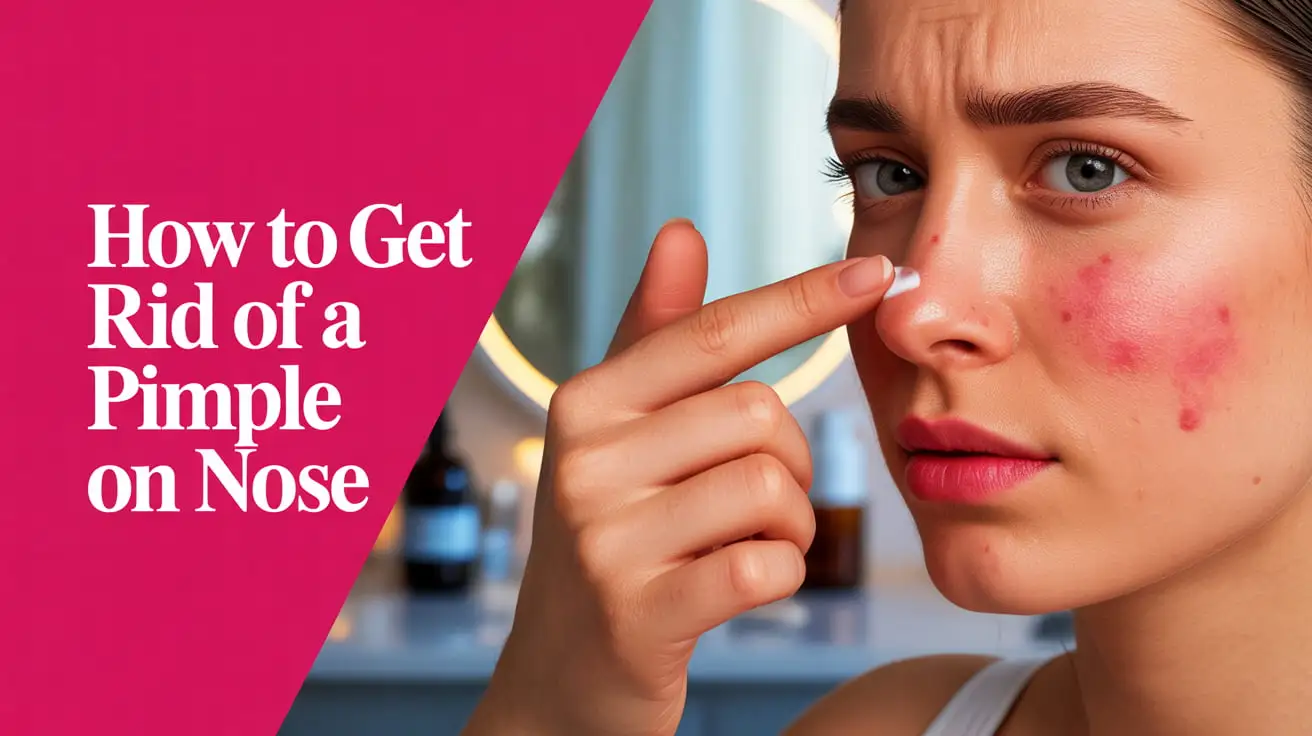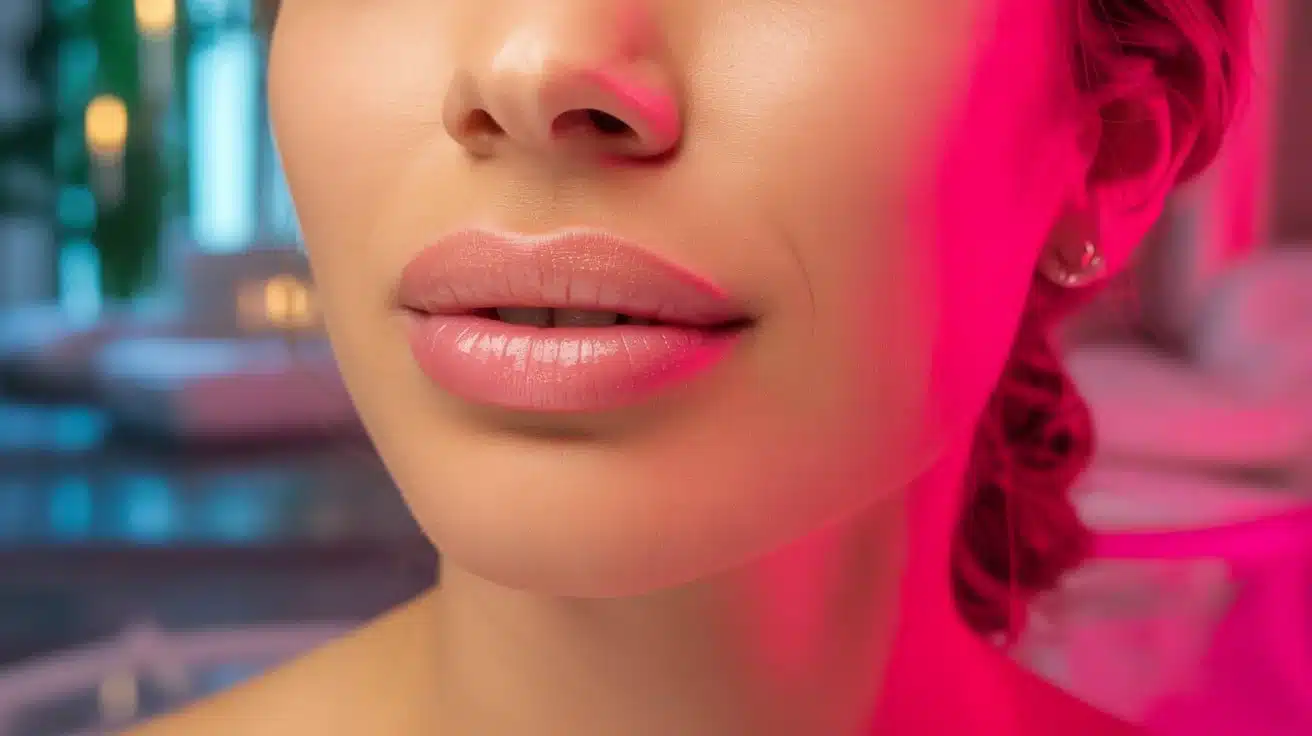Eye bags are a common cosmetic concern that can affect both men and women of all ages. Often appearing as puffiness or swelling under the eyes, eye bags can make the face look tired, aged, or unhealthy, even if you feel perfectly fine.
Table of Contents
ToggleWhile they are usually not a sign of a serious medical condition, they can still impact your confidence and overall appearance.
There are several reasons why eye bags develop, ranging from natural aging and genetics to lifestyle habits such as lack of sleep, stress, poor diet, and fluid retention.
As we age, the tissues and muscles around the eyes weaken, allowing fat and fluid to accumulate in the under-eye area. In other cases, hereditary factors or daily routines might be the root cause.
What Are Eye Bags?
Definition and Medical Explanation
Eye bags refer to the mild swelling or puffiness that appears beneath the eyes. Medically known as periorbital puffiness, this condition occurs when the tissues around the eyes, particularly the fat that helps support the eyelids, begin to weaken or shift. As a result, the delicate skin under the eyes starts to sag or collect fluid, giving a swollen or tired look.
Common Misconceptions About Eye Bags
While eye bags are usually harmless and considered a cosmetic issue, they are often misunderstood. One common misconception is that they only appear due to aging.
In reality, younger people can develop them too, especially if they have a genetic predisposition, allergies, or poor sleep habits. Another myth is that eye creams can instantly “erase” eye bags—though some products can reduce puffiness, permanent fat pads or severe fluid retention may require medical treatments.
Fatty Eye Bags
Fatty eye bags are one of the most common types of under-eye puffiness and are primarily caused by fat pad protrusion beneath the lower eyelids. Over time, the supportive tissues and muscles around the eyes weaken, allowing the natural fat that cushions the eye to shift forward and create a visible bulge under the skin.
Causes
Fatty eye bags typically develop as a result of:
- Aging, which causes skin and muscle laxity
- Genetics, especially if under-eye puffiness runs in the family
- Sometimes worsened by fluid retention or sleep habits, but fat pads remain the core issue
Appearance
These eye bags are usually permanent and consistent in size, regardless of how much sleep or water intake a person gets. They give the lower eyelid a swollen or puffy look, often leading to a tired or older appearance.
While some may confuse them with temporary puffiness or fluid buildup, fatty eye bags are more structural and often require cosmetic treatments such as fillers or blepharoplasty (eyelid surgery) to improve their appearance.
Fluid Retention (Puffy Eyes)
Fluid retention is a temporary but very common cause of puffiness under the eyes. Often referred to as “puffy eyes,” this type of swelling occurs when excess fluid accumulates in the tissues surrounding the eyes, particularly overnight when lying down.
Causes
Several everyday factors can contribute to fluid buildup, including:
- Lack of sleep or poor sleep quality, which disrupts circulation and leads to water retention
- High-sodium diets, which cause the body to retain water, especially in delicate facial areas
- Allergies, which trigger inflammation and swelling around the eyes due to histamine release
- Hormonal changes, especially during menstruation or pregnancy
- Crying, which leads to tear gland overactivity and temporary puffiness
Appearance
Fluid retention typically causes soft, swollen, and puffy under-eyes, especially in the morning. Unlike structural fat pads, this puffiness can fluctuate throughout the day and often improves after being upright for a few hours, applying a cold compress, or drinking water.
Dark Circles with Eye Bags
Some individuals experience both puffiness and dark discoloration under the eyes—a combination that can make the face appear even more tired or aged. This dual concern involves both pigmentation issues and mild to moderate swelling, and is commonly referred to as dark circles with eye bags.
Causes
This condition can result from a variety of overlapping factors:
- Fatigue and lack of sleep, which dilate blood vessels and make them more visible under the thin under-eye skin
- Thinning skin, especially with age, makes the blood vessels and shadows more noticeable
- Genetic predisposition to hyperpigmentation
- Allergies or sinus issues, which can darken and swell the under-eye area
- Rubbing the eyes frequently can worsen pigmentation
Appearance
Dark circles with eye bags usually appear as discolored shadows beneath swollen or puffy eyes. The skin may look purple, blue, or brown depending on your skin tone and vascular visibility. The puffiness may be more pronounced in the morning or after fatigue, and the dark circles often persist even when swelling reduces.
While concealers and brightening creams can help temporarily, addressing both components—pigmentation and puffiness—is key for lasting improvement. Treatments may include brightening serums, retinoids, chemical peels, or light-based therapies.
Wrinkle-Related Eye Bags
As we age, our skin naturally loses collagen and elasticity, leading to the development of fine lines, sagging, and wrinkles—especially around the delicate eye area. In some cases, these skin changes can cause the lower eyelids to droop or fold, giving the appearance of wrinkle-related eye bags.
Causes
Several age-related and environmental factors contribute to this condition:
- Natural aging process, which reduces collagen and skin firmness
- Repeated facial movements, such as squinting or smiling
- Sun exposure, which accelerates skin thinning and wrinkle formation
- Smoking and poor skincare habits, which reduce skin quality over time
Appearance
Wrinkle-related eye bags typically appear as loose, crepey, or sagging skin under the eyes, sometimes with mild puffiness or shadows caused by skin folds. Unlike fluid or fat-based eye bags, the puffiness here is often due to skin laxity rather than actual swelling or fat protrusion.
This type of under-eye concern is more common in individuals over 40, but premature aging can cause it to appear earlier. Treatments may include retinol creams, collagen-boosting serums, microneedling, radiofrequency therapy, or even surgical procedures like lower eyelid lifts for more advanced cases.
Causes of Eye Bags
Understanding what leads to the development of eye bags is essential for both prevention and treatment. Multiple factors—ranging from genetics to lifestyle choices—can contribute to puffiness, discoloration, or sagging under the eyes. Below are the most common causes:
- Aging and Skin Elasticity Loss
As we age, the skin around the eyes becomes thinner and loses collagen and elasticity. The muscles supporting the eyelids also weaken, allowing fat to shift forward and form noticeable puffiness or sagging.
- Genetics and Hereditary Factors
Some people are simply more prone to developing eye bags due to their genetic makeup. If under-eye puffiness or dark circles run in your family, you’re more likely to experience them—even at a young age.
- Poor Sleep Habits
Lack of sleep or irregular sleep patterns can cause blood vessels under the eyes to dilate, leading to dark circles and swelling. Fluid retention from lying flat all night can also make the eyes appear puffier in the morning.
- Allergies and Sinus Issues
Allergic reactions trigger inflammation and histamine release, which can cause under-eye swelling, itching, and dark shadows. Chronic sinus problems can also create a tired, puffy look.
- Diet and Dehydration
Consuming salty foods causes the body to retain water, leading to bloating—including in the delicate eye area. Dehydration, on the other hand, makes skin appear dull and sunken, exaggerating eye bags.
- Smoking and Alcohol
Both smoking and alcohol accelerate skin aging and promote fluid imbalance in the body. Smoking reduces blood flow and collagen production, while alcohol dehydrates the skin—both of which can worsen the appearance of eye bags.
How to Treat and Reduce Eye Bags
Whether your eye bags are caused by fluid retention, aging, or genetics, the right treatment can significantly improve their appearance. Depending on the severity and underlying cause, you may benefit from at-home care, topical products, or professional treatments. Here’s a breakdown of the most effective solutions:
Home Remedies
For mild or temporary eye bags, simple home remedies can make a noticeable difference:
- Cold compress: Applying a cold cloth or chilled spoon to the under-eye area can reduce swelling and constrict blood vessels, helping with puffiness.
- Cucumber slices: Known for their cooling and hydrating properties, cucumbers can soothe the skin and temporarily reduce puffiness.
- Used tea bags: Chilled green or black tea bags contain caffeine and antioxidants that help shrink blood vessels and reduce inflammation.
Lifestyle Changes
Making healthy lifestyle adjustments can also prevent or reduce the appearance of eye bags:
- Get 7–8 hours of sleep regularly
- Drink plenty of water throughout the day to avoid dehydration
- Limit salt and alcohol, which contribute to fluid retention
- Avoid rubbing your eyes, especially during allergy season
Over-the-Counter Solutions
For more stubborn or recurring eye bags, certain skincare products can help:
- Caffeine-based eye creams: Reduce puffiness by constricting blood vessels
- Hyaluronic acid: Hydrates and plumps the skin, smoothing out fine lines and wrinkles
- Retinol creams: Stimulate collagen production and improve skin texture over time
Consistent use of quality eye creams can provide gradual improvement, especially for mild to moderate under-eye issues.
Professional Treatments
When home care isn’t enough, medical and cosmetic treatments can offer more dramatic, lasting results:
- Dermal Fillers: Used to add volume and smooth the transition between the lower eyelid and cheek, particularly for hollow or sagging areas
- Laser Therapy: Helps reduce pigmentation, tighten skin, and stimulate collagen production
- Blepharoplasty (Eyelid Surgery): A surgical option for removing or repositioning fat and tightening the skin, especially effective for fatty or wrinkle-related eye bags
Consulting with a dermatologist or cosmetic surgeon can help you choose the right procedure based on your specific type of eye bags.
Prevention Tips for Eye Bags
While some causes of eye bags—like genetics and aging—are unavoidable, many lifestyle habits and skincare practices can help prevent or minimize their appearance. By incorporating a few simple changes into your daily routine, you can keep your under-eye area looking fresh and youthful for longer.
- Prioritize Sleep Hygiene
Consistent, high-quality sleep is one of the most important factors in preventing under-eye puffiness. Aim for 7–9 hours of uninterrupted rest each night, and try to sleep with your head slightly elevated to reduce fluid buildup around the eyes.
- Follow a Daily Eye Skincare Routine
Use gentle, hydrating eye creams or gels designed to improve circulation, firm the skin, and reduce inflammation. Look for ingredients like caffeine, hyaluronic acid, peptides, and antioxidants. Avoid rubbing your eyes, and always remove makeup before bed to prevent irritation and puffiness.
- Reduce Salt and Alcohol Intake
A high-sodium diet causes the body to retain water, leading to bloating—including around the eyes. Alcohol has a similar dehydrating effect, which can make the under-eye area appear darker and more sunken. Cut back on salty snacks and alcoholic beverages to help maintain a balanced fluid level in the body.
- Use Sunscreen Around the Eyes
Sun damage accelerates skin aging and leads to collagen loss, both of which can worsen the appearance of eye bags over time. Use a broad-spectrum sunscreen formulated for the face, and gently apply it around the eye area daily—even on cloudy days.
FAQs
Are eye bags permanent?
Not always. Temporary eye bags from lack of sleep or fluid retention can improve with lifestyle changes. Permanent ones, caused by fat or aging, may need medical treatment.
Can eye bags be removed naturally?
Some eye bags can reduce with home remedies like cold compresses, hydration, and better sleep. But structural ones may need professional help.
What’s the difference between eye bags and dark circles?
Eye bags are puffiness under the eyes, while dark circles are discoloration. Both can occur together but have different causes.
Do eye creams help?
Yes, especially those with caffeine, hyaluronic acid, or retinol. They reduce puffiness and hydrate, but may not work on deep fat-based eye bags.
Can allergies cause eye bags?
Yes. Allergies cause inflammation and fluid buildup, leading to swollen, puffy under-eyes.
Is surgery the only solution for eye bags?
For severe or permanent eye bags, surgery like blepharoplasty is most effective. Fillers and lasers can help for less severe cases.
Conclusion
Eye bags can have many causes—aging, genetics, poor sleep, or fluid retention—and each type may require a different treatment. From simple home remedies to professional options like fillers or surgery, solutions are available for every level of concern.
Early lifestyle habits like proper sleep, hydration, and skincare can help prevent or reduce eye bags over time. If you’re unsure about the best treatment, consider seeing a specialist—and feel free to share your questions or tips in the comments!


